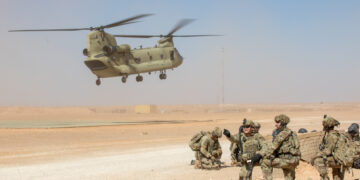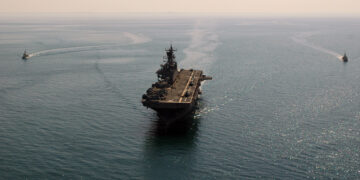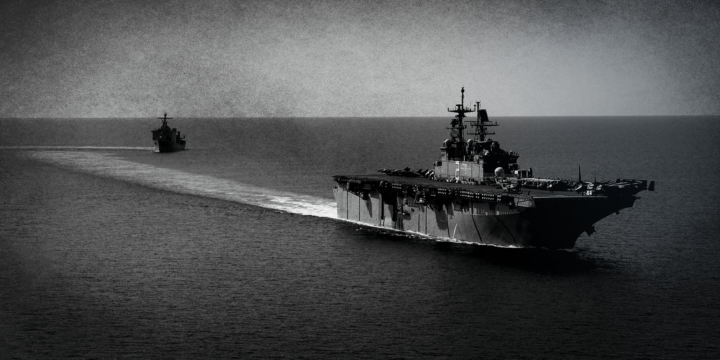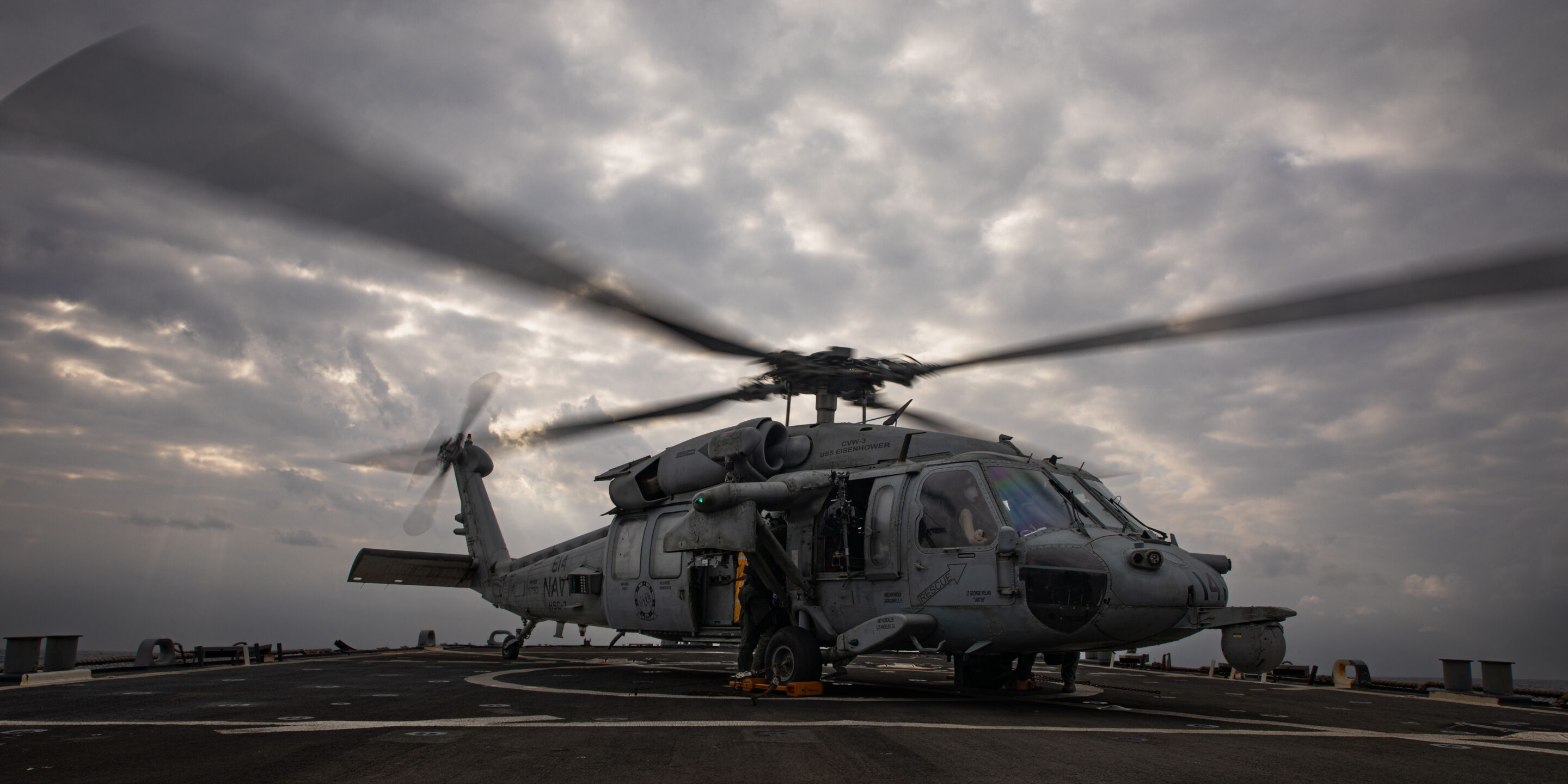
America is at war in the Red Sea. It’s tactically winning and strategically losing.
Seven thousand sailors — the largest naval deployment since World War II — have worked tirelessly to shoot down hundreds of Houthi drones and missiles in defense of maritime trade. Dozens of airstrikes and multiple aircraft carriers have rounded out an epic show of American military might in the region since last year’s announcement of Operation Prosperity Guardian.
Yet all that hardware and people put in harm’s way to defeat Houthi antagonism in the Bab el Mandab Strait has been as effective as killing a swarm of mosquitos with a bazooka.
The U.S. plays a costly game of whack-a-mole, swatting $10,000 Houthi drones with $4 million missiles. This “cost of kill” problem is worsened by radically different definitions of victory between the two sides. While the U.S. mission requires defending every ship from every attack, 5th Fleet Commander Vice Adm. George Wikoff admits “the Houthis have to get lucky once” to score a hit on American forces and celebrate a tremendous propaganda victory.
Despite constant American air raids, the Houthis persist. The vice chair of the United Nations-recognized Yemeni government, now entering its second decade of war with the Houthis, recently observed “the airstrikes, instead of deterring the Houthis, are having the opposite effect.”
More on Middle East
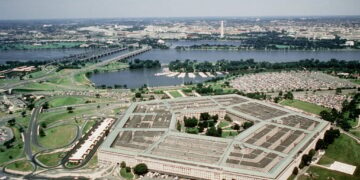
Featuring Jennifer Kavanagh
April 17, 2025

